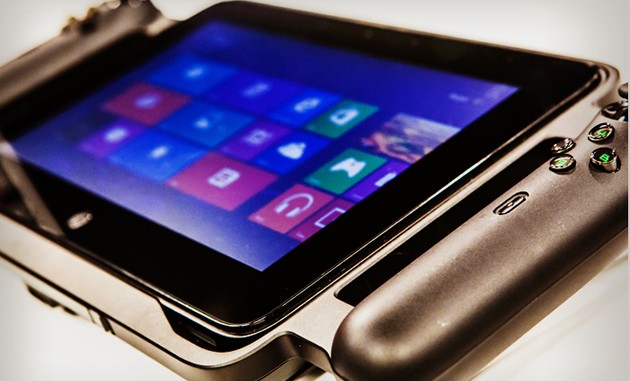Significant advancements in technology have brought us high performance handheld devices that have transformed our everyday lives. Smartphones and tablets continue to push the realms of possibilities as high definition LED screens are combined with optimum processing speeds and next-generation graphics cards.
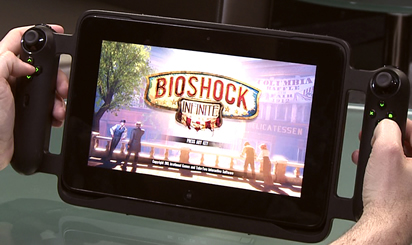 Among the more than one million mobile apps available in app markets, gaming apps have remained among the most popular and highest grossing downloads. Games are designed and marketed for people of all ages, and can be enjoyed during a break from hectic daily chores or to help a child develop numerical and alphabetical skills.
Among the more than one million mobile apps available in app markets, gaming apps have remained among the most popular and highest grossing downloads. Games are designed and marketed for people of all ages, and can be enjoyed during a break from hectic daily chores or to help a child develop numerical and alphabetical skills.
Although many games are primarily developed to utilise the qualities of touch screen technology, there are others that could be more user-friendly or interactive if most handheld devices could be used like a console controller or joystick. This is where gaming gadgets not only fill a gap in the market, but also enhance the gaming experience. There were a lot of great gaming devices released over the past year, but not every gadget is a hit, as add-ons and stand-alone products fail in their ability to turn a concept into a market phenomenon. Here are our picks for the best and worst.
The best gaming gadgets
Aside from the latest next generation Xbox One and PlayStation 4 consoles, smartphones and tablets have further improved the growing mobile gaming market. The Apple iPhone 5S and HTC One are prime examples of smartphones that go well beyond the basic telephone capabilities through core processors, regular upgrades, and high definition graphic displays that are perfect for gaming. Modern-day devices have built-in wireless technology that allows users to connect to the internet for anything from web searches and mobile apps, to streaming music or playing online games.
These technological advances of course also apply to the world of PC gaming — the origin of gaming consoles and a stepping-stone into today’s future.
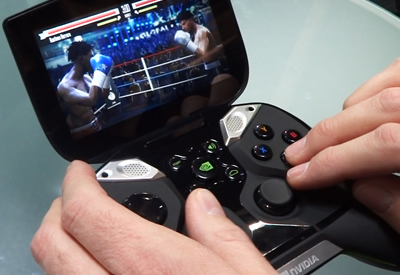 On the face of it, the NVIDIA Shield shares many design and feature elements with the original Xbox controller, but delivers so much more. Built with a flip screen that opens and closes to protect the screen and buttons, the NVIDIA Shield allows users to stream PC games onto the device — creating an easier way to play your favourite games without the often confusing and complicated keyboard controls.
On the face of it, the NVIDIA Shield shares many design and feature elements with the original Xbox controller, but delivers so much more. Built with a flip screen that opens and closes to protect the screen and buttons, the NVIDIA Shield allows users to stream PC games onto the device — creating an easier way to play your favourite games without the often confusing and complicated keyboard controls.
With a high resolution screen and long battery life, the Shield is ideal for playing games without having to sit in front of a computer or console. However, although its overall multi-purpose concept may have included on-the-go gaming, its considerable size and weight is not the most efficient and compact for using on public transport or carrying around.
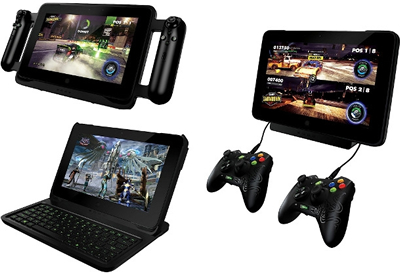 The Razer Edge gaming tablet, on the other hand, is designed to not only provide the definitive mobile gaming experience. The 10.1 inch tablet runs Windows 8 and comes with detachable accessories and docking stations that allow users to play games in three different ways: by using the attached keyboard, by using the duel sidebars that provide a joystick and buttons, or by connecting the tablet and one or two controllers to a docking station, which acts as a display.
The Razer Edge gaming tablet, on the other hand, is designed to not only provide the definitive mobile gaming experience. The 10.1 inch tablet runs Windows 8 and comes with detachable accessories and docking stations that allow users to play games in three different ways: by using the attached keyboard, by using the duel sidebars that provide a joystick and buttons, or by connecting the tablet and one or two controllers to a docking station, which acts as a display.
Watch a video tutorial of the Razer Edge gaming tablet in action here.
The worst gaming gadgets
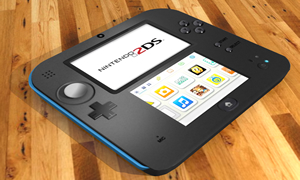 Although 2013 was considered another successful year in the progression of technology, there are a few gaming gadgets that failed to live up to expectations and were not well received by consumers and critics.
Although 2013 was considered another successful year in the progression of technology, there are a few gaming gadgets that failed to live up to expectations and were not well received by consumers and critics.
The Nintendo 2DS incorporates all the classic features and allows gamers to play their favourite titles, most notably any games from the hugely popular Super Mario series. While it may be, to a degree, a handheld device, the Nintendo 2DS is bulky and lacks any real creative flair or design features. Unlike its predecessors, the 2DS is bland in appearance and is not entirely portable, with no protection provided for the screens and buttons.
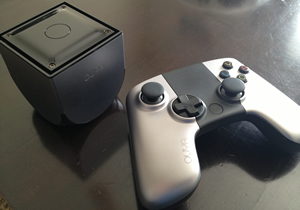 We were also disappointed by the OUYA console, which was released amid considerable hype and expectation, yet never delivered. Although OUYA incorporates a modernistic, eye-catching design, the console is purely based on a limited amount of rehashed Android games that fail to capture the imagination. Its niche appeal comes from its ability to permanently connect an Android phone, although OUYA’s average smartphone internals add to the disappointment.
We were also disappointed by the OUYA console, which was released amid considerable hype and expectation, yet never delivered. Although OUYA incorporates a modernistic, eye-catching design, the console is purely based on a limited amount of rehashed Android games that fail to capture the imagination. Its niche appeal comes from its ability to permanently connect an Android phone, although OUYA’s average smartphone internals add to the disappointment.
Android-based game consoles were all the rage in 2013, but, like OUYA, the majority of them dropped like a stone in the market. The Gamestick follows the common theme of providing gamers with a novel way of playing Android games. While the wireless controller looks smart and organised, the whole concept is confusing and simply does not work.
For more of 2013’s best and worst gadgets – including the NVDIA Shield, Nintendo 2DS, OUYA, and others — check out Engadget’s “2013’s best and worst gadgets.”
And for more recent gadget fails, watch CNN Money’s short video on the “flops and busts” from the 2014 Consumer Electronics Show, held this past January.
